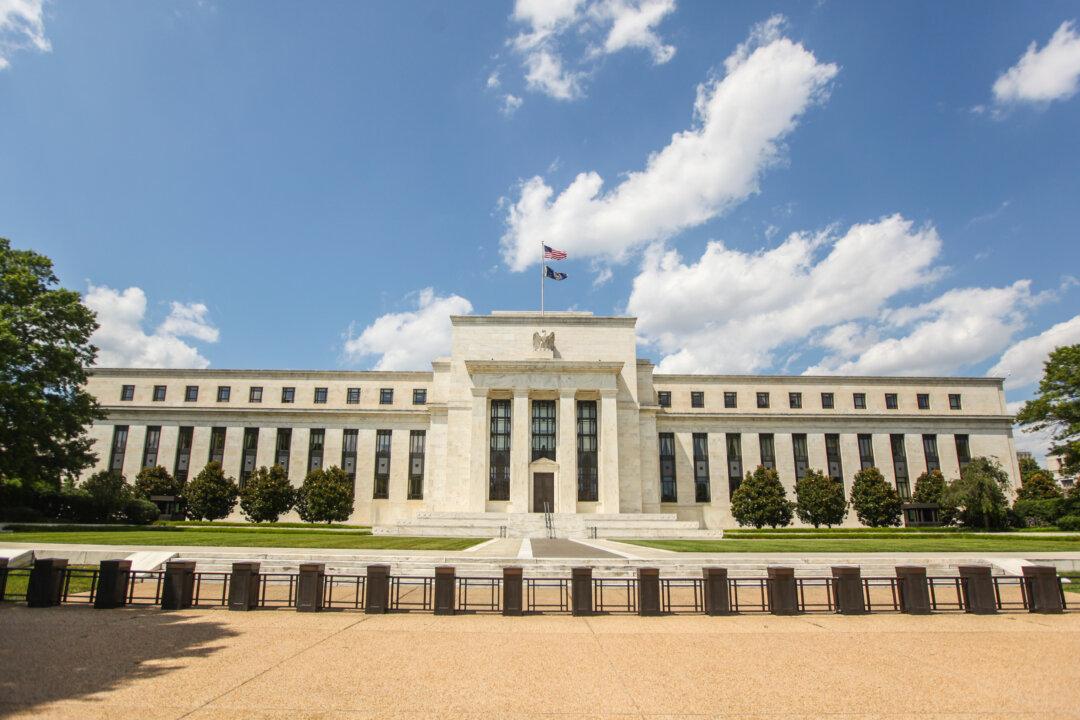How do you get a return in this zero interest rate environment without taking too much risk?
To earn income in this very low interest rate environment, the best plan is to spread out, use a variety of instruments. One advantage is that by diversifying the type of instruments you also wind up diversifying exposure to different sectors of the economy.
So for example, real estate investment trusts (REITs), as their name suggests, are concentrated in the real estate sector of the economy. You’re getting some inflation protection there because real estate will tend to rise in value together with inflation. The income generated by the properties owned by the real estate investment trusts are mostly distributed to the holders so you get a good cash return as well.
But again, the idea is to spread these investments around because real estate like anything else in the economy has ups and downs.
What about the preferred stocks, which are now really bond investments?
The original term is preferred stock. Nowadays when you look closely at them, you find that they are really portfolios of bonds bundled together and which are issued by a financial institution, so you have some very good underlying assets in the form of corporate bonds.
Because it is a financial institution that issues them, they'll be rated somewhat below the senior credit rating of that institution, justifying that higher yield.
One of the great advantages of the preferreds is that you don’t have a lot of competition from the large institutional investors because a lot of the issue sizes are fairly small. The issue might be only $50 million or $100 million outstanding they can’t really buy enough of it to have an impact on the billions and billions of dollars that they’re managing.
What kind of yield are we talking about?
On the preferreds, we cover a range of 4-8 percent depending on the quality but that range of quality will go from single A to as low as single B in terms of credit rating. The rates are in the 5-6 percent range currently.
If you combine these different types of assets like preferreds and REITs, you can get a yield in the neighborhood of 6 percent and spread your risk. It is a challenge with rates being held down as low as they are.
The challenge is to generate consistent income from your assets but not take undue risk threatening you with permanent capital losses and reducing your income generating ability in the future.
The risk of these preferreds sound an awful lot like the structured products used during the subprime crisis. Who is your counterparty, is it the financial institution?
Ultimately you'd have a claim and the rating reflects that. However, for the compound return, you are looking at the underlying assets themselves.
But the institution applies leverage to juice up the yields?
They may, and that’s an important point. With all of these vehicles there’s risk of some volatility. These are not Treasury bills. They’re not certificates of deposit.
On the other hand, they yield a lot more than those super-safe instruments do in the current environment, so you really have to keep focus on the fact that your objective is to generate income, secure income over a long period of time, and accept the fact that there’s going to be some fluctuations in the price because you can’t control what’s going to happen in the market.
What is the main risk with these instruments?
The risk we are facing ultimately is a rise in rates. As I look at it now, however, that may be softened by central banks elsewhere in the world going in the opposite direction, gently instituting quantitative easing and keeping rates low to some extent. That will keep a lid on how far rates will rise in the United States, because if we were to raise rates too much relative to others, the dollar would get so strong that it would start to hurt out exports.







